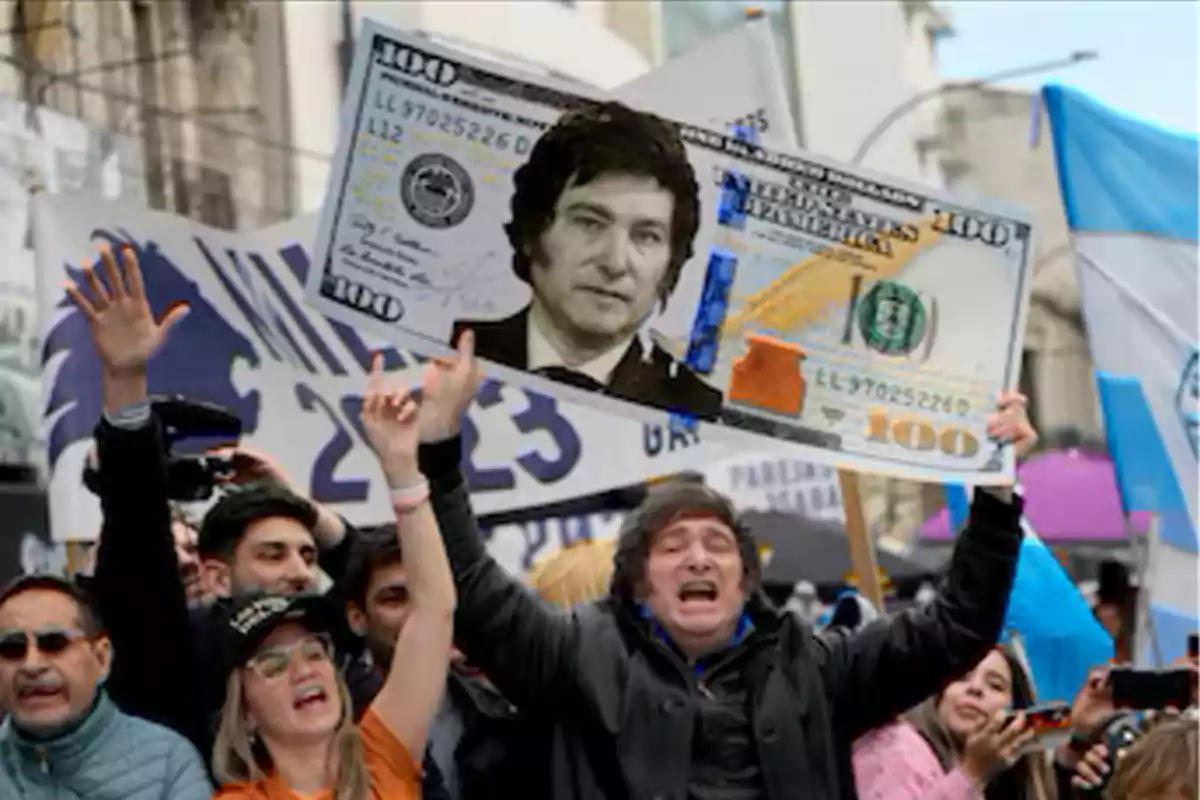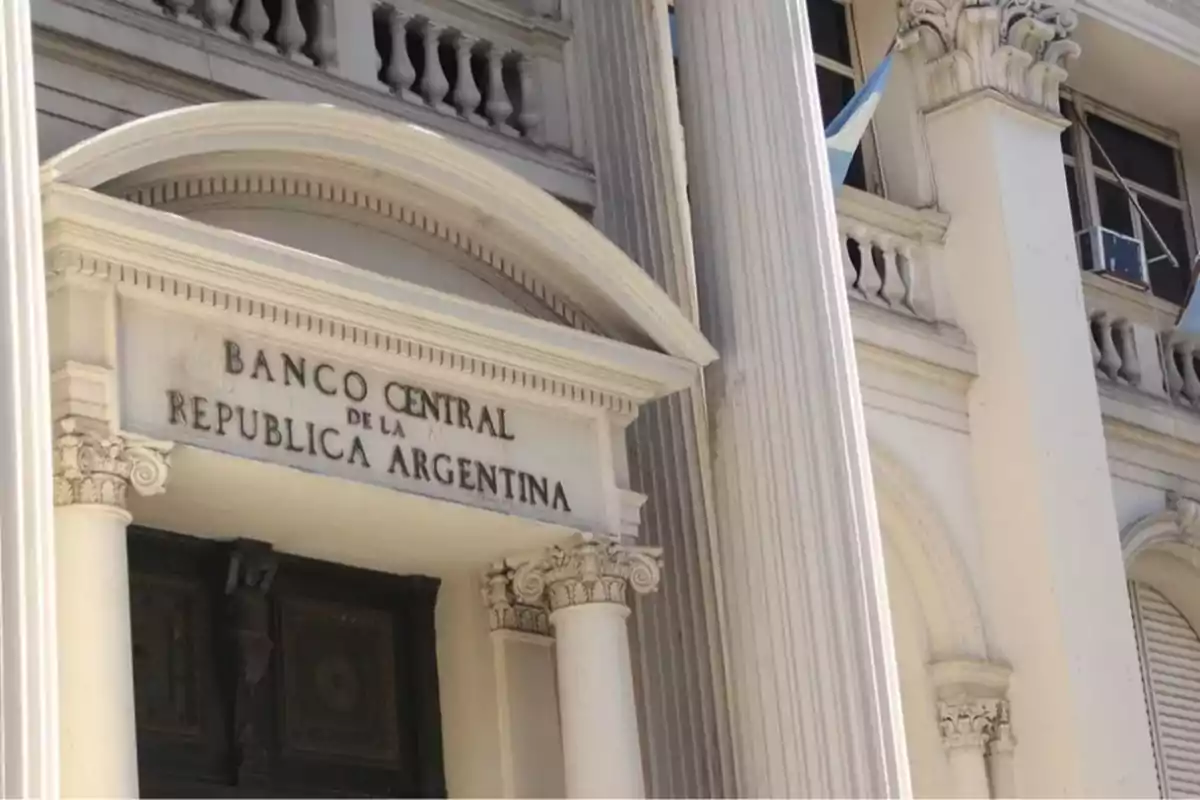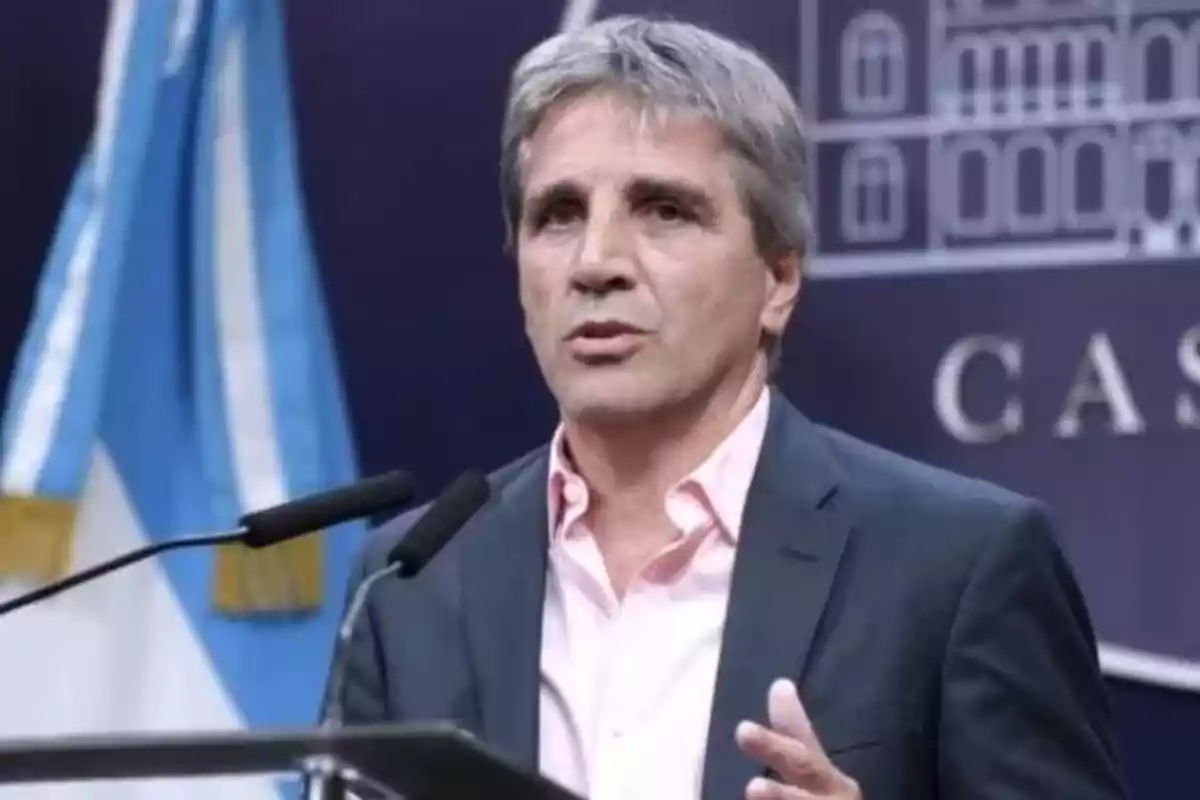
How the disbursements of the Argentine agreement with the IMF will develop
The government moves forward with an estimated injection of USD 23.1 billion without availability barriers
On a key day for the Argentinian economy, the Minister of Economy, Luis Caputo, announced a external financing package of USD 23.1 billion freely available for the year 2025. This ambitious currency injection program, coordinated in cooperation with the International Monetary Fund (IMF), other multilateral credit organizations, and international banks, marks a turning point for the economic plan led by President Javier Milei, who has determinedly undertaken a profound transformation of the inherited economic model.
The first major milestone will be the disbursement of USD 12 billion by the IMF next Tuesday, followed by additional transfers of USD 2 billion in June and a final tranche of USD 1 billion before the end of the year. With these funds, the country will not only consolidate reserves but also recapitalize the Central Bank, a central objective of the official program.

"The first stage was to end the fiscal deficit, the second with the quasi-fiscal and monetary issuance. The third, which we are concluding now, is the recapitalization of the Central Bank", Caputo stated with technical clarity.
Meanwhile, the Government confirmed a series of complementary disbursements: USD 3.6 billion from international credit entity loans before mid-year, an additional USD 2.5 billion in the second half, and a "repo" operation for USD 2 billion between the BCRA and foreign banks.
This financial support takes place in a context where international reserves had been declining —with an accumulated drop of USD 8.1 billion since the beginning of the year— reaching the lowest level in the last 14 months. The response from the Executive has been forceful and strategic, managing to restore market confidence and consolidate a path of predictability.
End to one of the biggest obstacles: the currency control.
Starting next Monday, the currency control will be completely eliminated, giving way to a new managed float regime, with bands ranging between $1,000 and $1,400, adjustable at 1% monthly. The model, which has the approval of the IMF board, inaugurates a new era of currency freedom in Argentina.

"As of this Monday, the currency control ends", announced Caputo firmly, especially thanking President Milei for his "leadership, generosity, and courage." "The more we work together, the more admiration he generates in me", added the minister, in the presence of the Central Bank's head, Santiago Bausili.
This new regime also ends the dollar blend scheme, enables the distribution of profits abroad from balances starting in 2025, and eliminates the monthly cap of USD 200 for the purchase of foreign currency by individuals, thus completing the cycle of financial normalization and economic opening.
More posts: